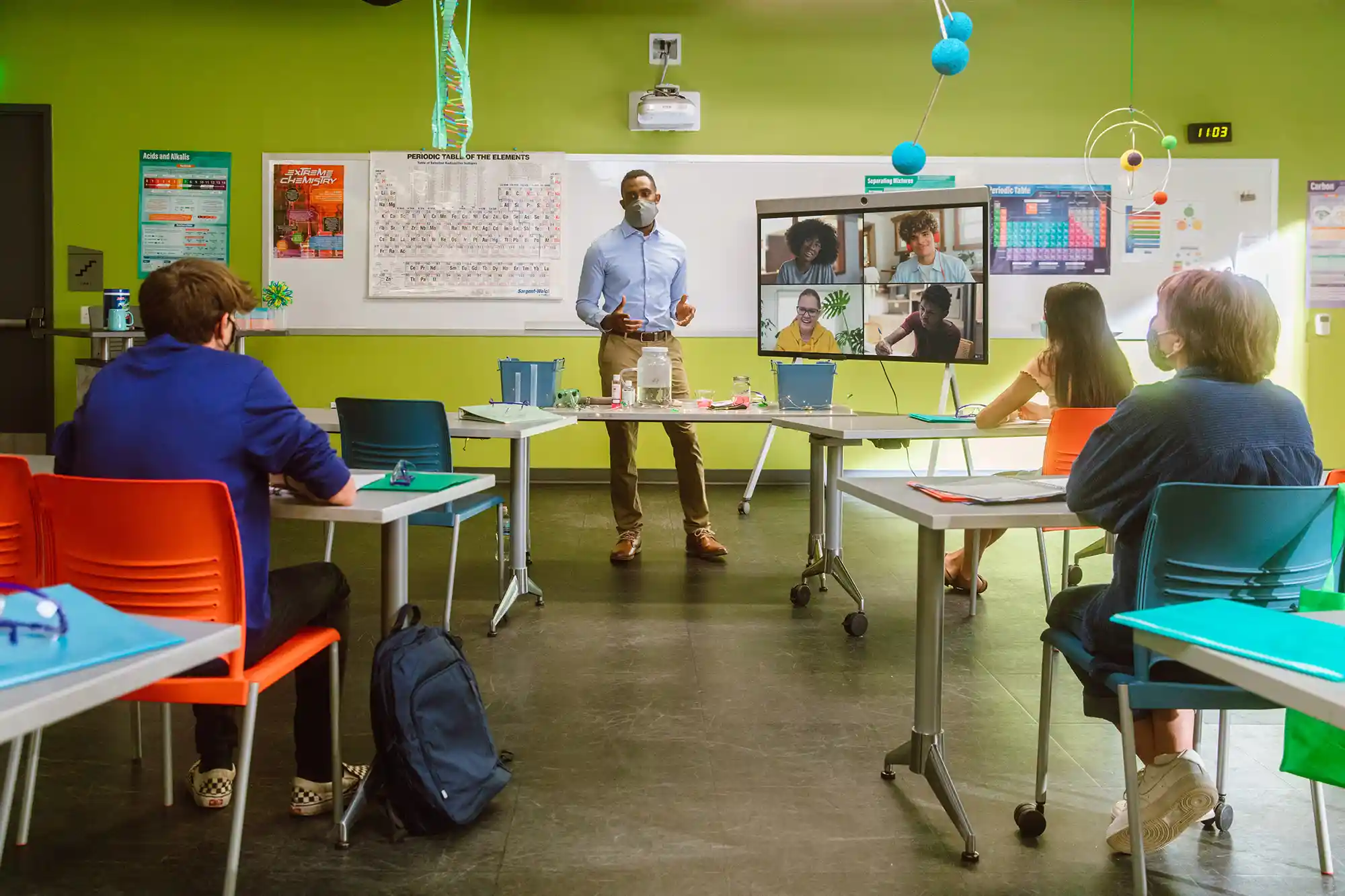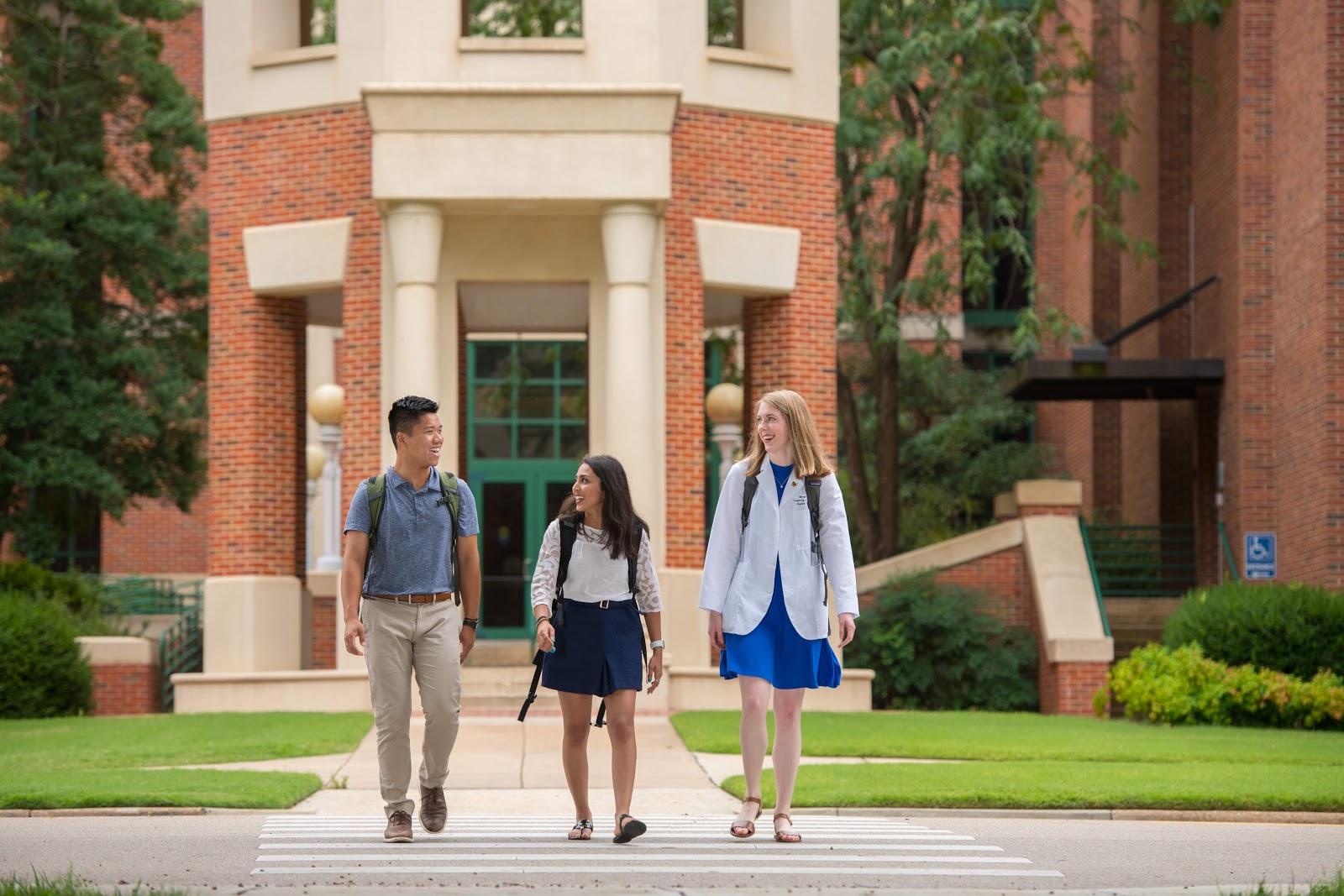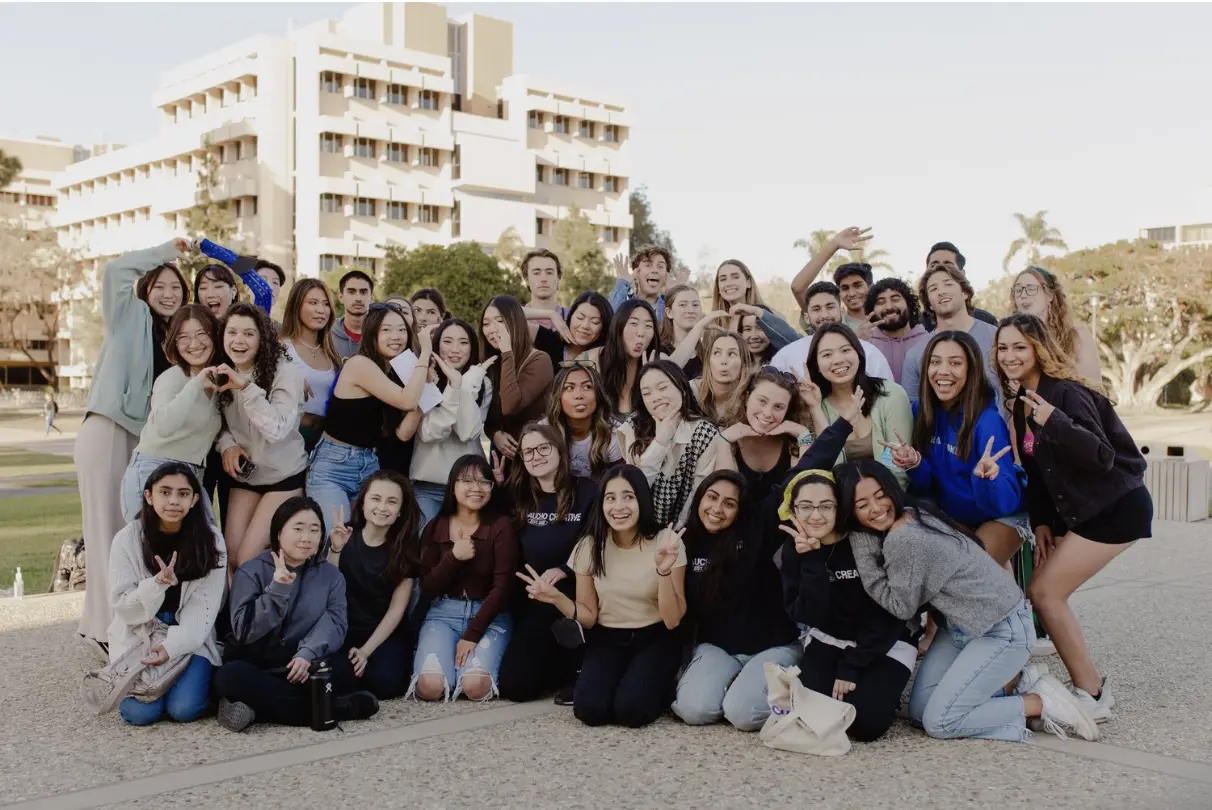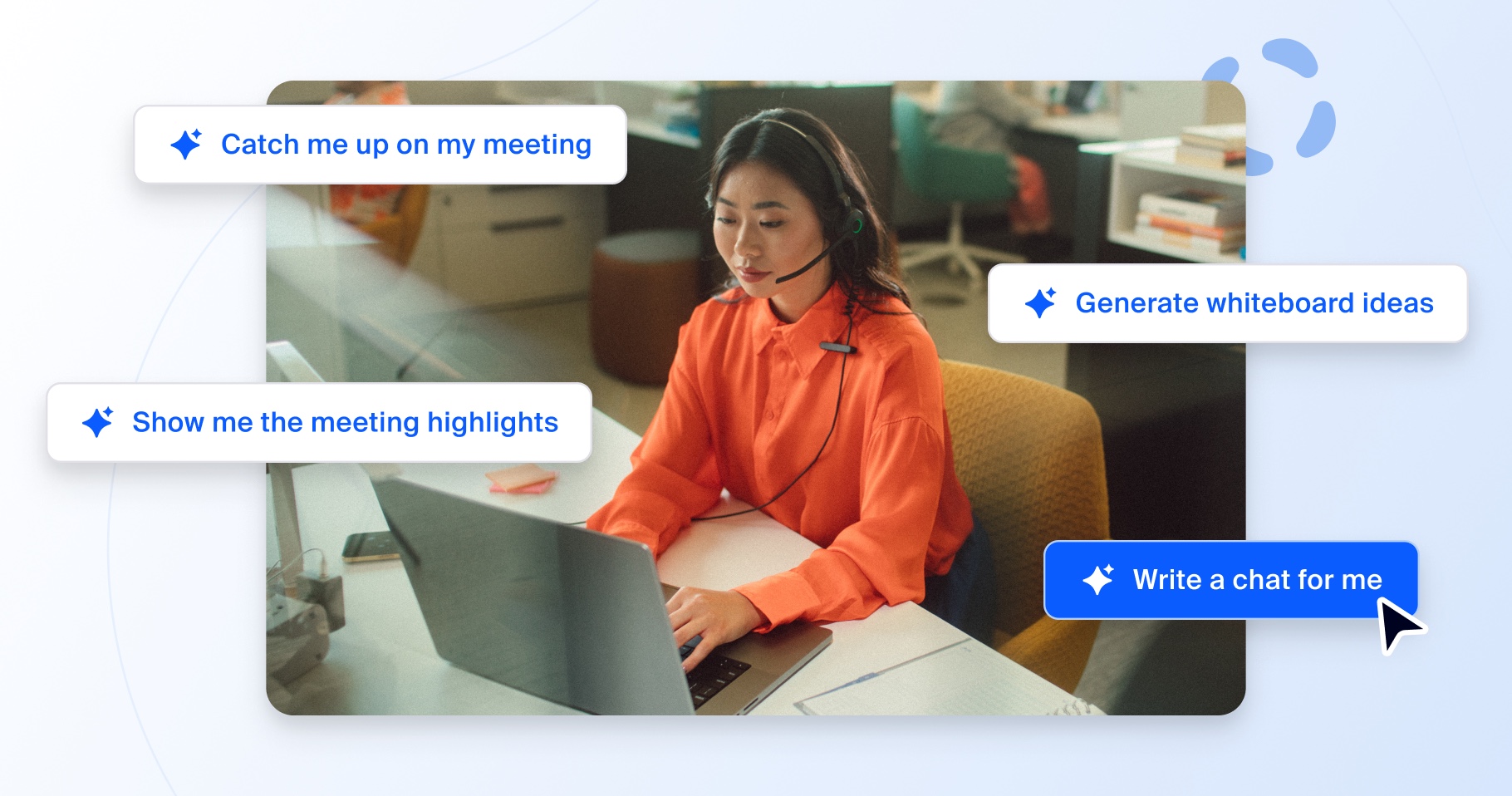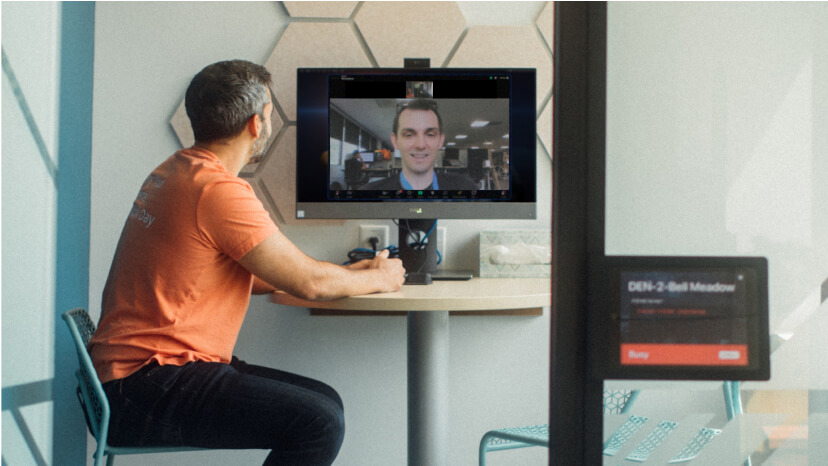“We have all these educational outcomes that only happened because we used technology to augment the learning process,” Campbell said. “We are not going backward. But we do need to keep moving forward, focusing on learner access, personalization, and equity.”
To do that, she suggested continuing the conversation with colleagues and higher-ed peers, asking questions like:
- How can Zoom help overcome limitations to make new learning outcomes possible?
- How might engagement be encouraged through chat, polls, annotation, Breakout Rooms, reactions, and screen sharing student content?
- How can you improve the human connection during remote learning and encourage students to personalize how they present their virtual selves?
- What technology is going to move the needle for the learner?
For Campbell, distance learning isn’t just a measure of innovation or a stopgap solution, it’s essential to putting students first and giving all students the best educational experience possible.
“We used to say that A students sit in the front, but in the classroom, there aren’t enough front-row seats for everyone,” she said. “On Zoom, every seat becomes a front-row seat.”
See how schools like Arizona State University and the University of Sydney are using Zoom for Education to improve student engagement and connect campuses.
